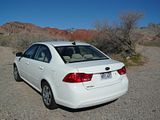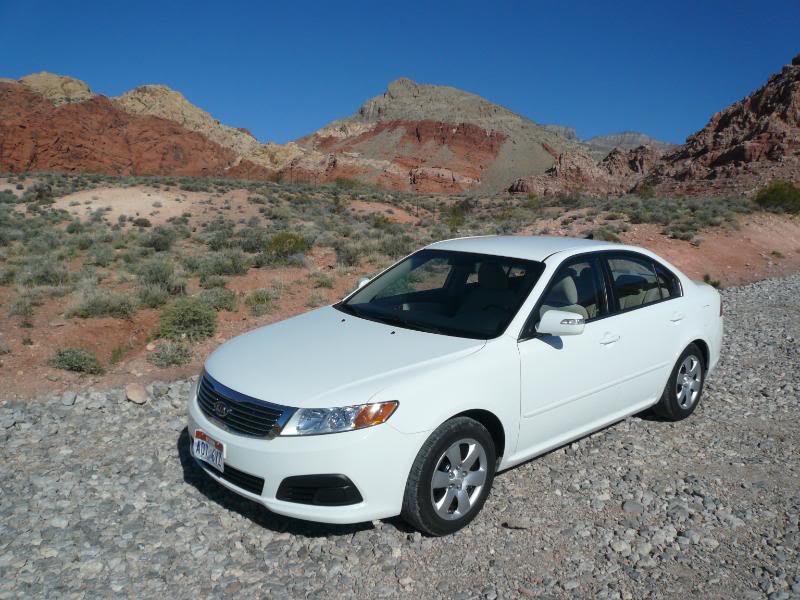
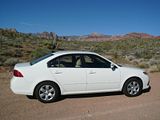

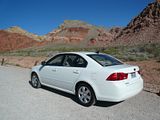
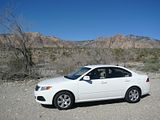
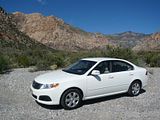
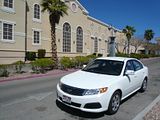
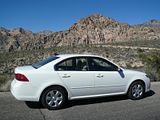
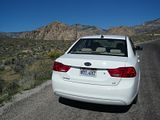
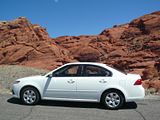
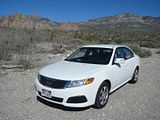
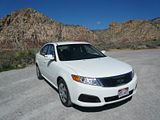
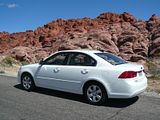
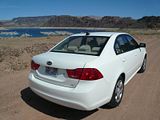
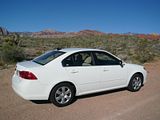
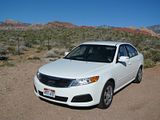
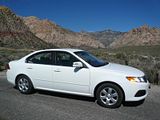
 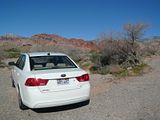 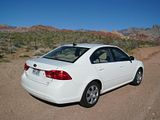  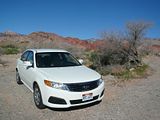 |
Given the generally acknowledged strength of the latest Kia product portfolio, it is hard to believe that the company, although founded in 1944, has only been making cars since 1974. In the 1980s, a tie-up with Ford saw the release of a number of Mazda-based designs – so now you know why the Kia oval and Ford blue oval are exactly the same size and shape – and it was one of these, the Pride, which was little more than a recycled Mazda 121, made distinctive with their white wall tyres, that marked the debut of Kia in Europe in 1988. New models arrived at a prodigious rate, but few of the products in the 1990s were memorable, or even particularly good. The first Kia model I drove was one of the early Optima models, back in 2002. It was a burgundy coloured 2.7 V6 and I remember at the time thinking that it was massively better than the US domestic rental car alternatives of the day – such wonderful stuff as the Pontiac Grand Am, Chevrolet Malibu, Dodge Stratus and even the Ford Taurus.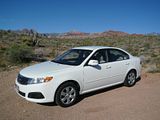 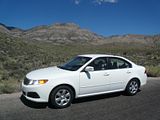 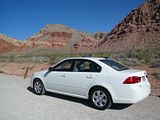 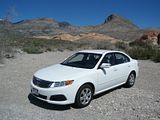 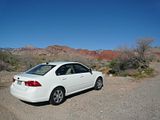 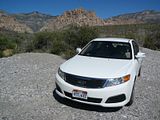 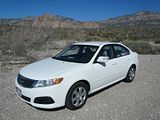
Of course, merely offering a good product is not sufficient, if the brand image and reputation is lacking, and I heard many people even some years later dismiss the Kia as “pure rubbish”, insisting that the US domestic product was infinitely better. By the time that the second generation Optima was launched, in 2006, even the doubters had begun to realise that Kia and Hyundai were now offering cars that were not just good value but actually some of the class leaders. Much the same story has been played out in Europe. The little Picanto served the first notice that startled Europeans, though it took the Cee’d for the proverbial penny to drop. Although I’ve driven several Kia in the US and Europe since that first Optima, it has taken until now to catch up with the latest generation of Kia’s mid-sized saloon.
 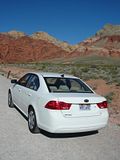 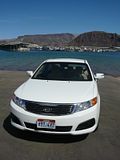 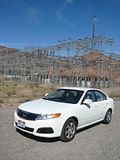 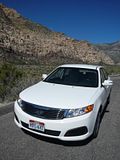 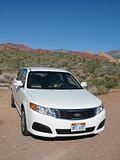 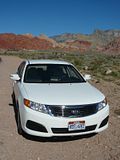 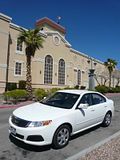 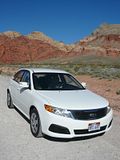
The test car was the base model in the range. In LX trim, and fitted with the entry level 2.4 litre 4 cylinder engine. Optionally, there is a 2.7 litre V6 and there are more luxurious EX and new for 2009, SX trims. What I got, in best rental car spec tradition, is a honest no-frills mid-sized saloon, and I have judged it accordingly.
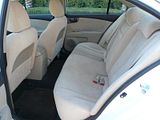 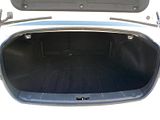 
Cars like this will be bought not for their excitement, the driving dynamics, their luxury or their sense of fun. No, they will bought to do a job: to carry the family and its belongings, on the daily grind, with the minimum fuss, and without any issues arising. There should not be any problems in getting the passengers and their luggage into the Optima. This is a roomy car, with ample space in the back seat for three adults, who will enjoy both good leg room and headroom. There is a central armrest which can be used if the middle seat passenger decides to stay at home, and this has two cup holders in front part of the top side. The boot is a generous size, too, both long from back to front and deep. The rear seat backs can be folded forwards to extend the luggage space should room for longer items be required. In the front of the car, you will find a cubby between the seats, along with various moulded trays, a couple of stowage holes on the dash, one so deep but quite narrow, so I could not reach the back of it, a reasonable glove box and door bins. Good marks for practicality, then.
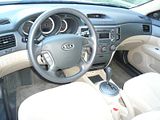 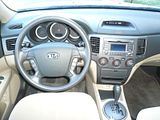 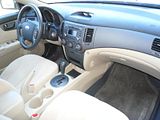 
I am not sure I would choose the beige colour which dominated the inside of the Optima. It certainly makes for a light and airy feel, and the trim appeared to have withstood nearly a year’s worth of rental car abuse, with no untoward marks or scuffs. The seats are finished in a velour material. I know it is fashionable to decry this, but I infinitely prefer to the cheap and nasty horrid hard so=called cloth that features in most European cars that cannot rise to leather seats. They proved supremely comfortable, not that I spent anything like as long sitting on them as some of the other recent test vehicles. The dashboard is made of decent quality plastics and it integrates neatly with the door casing. The design is inoffensive, and neat. There is a single hooded binnacle which covers three very deeply cowled dials, with the third of these combining both fuel level and water temperature. The column stalks felt and looked just that little bit like last generation quality, but they were fine in operation. The stereo unit, which includes XM satellite radio was easy to operate, with large buttons. There were wheel mounted controls for some of the functions, too. Air conditioning is included, and this operated with three rotary dials, and that is about it. Everything you need, no more and no less.
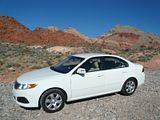 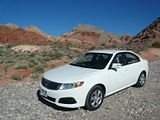 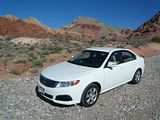 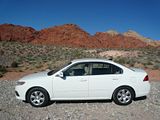 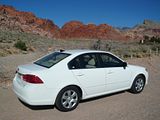 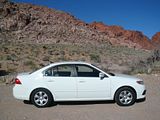 
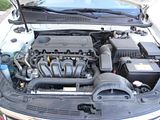 Starting the Optima for the first tine, the engine told me, even if the paper work had not, that this is a 4 cylinder model, and it sounded a bit asthmatic when cold. However, this 175 bhp unit is effective, endowing the Optima with sufficient acceleration to keep up with the flow, and once underway it proves to be smooth, refined and quiet. Although a five speed manual gearbox is standard in the LX model, the test car came with the five speed automatic. I cannot tell you what the real fuel economy was, as when I collected the car, the needle was just below the “F” mark, and indeed it moved lower almost as soon as I left the McCarron Rental car centre. As I used less than a tank, all I know is how much I put in to fill it up – properly. From what I can tell, though, this was not a thirsty car. The steering is light and positive, but with sufficient feel so you know what is going to happen next. No issues with the handling, which whilst not inspiring a sense of fun, will provide no nasty surprises either unless the driver does something particularly extreme or stupid. The brakes are good, the Optima rides well and it is a quiet cruiser. No problem with the visibility, allowing me to position the Kia with precision, and to judge where the extremities of the car with comparative ease. Starting the Optima for the first tine, the engine told me, even if the paper work had not, that this is a 4 cylinder model, and it sounded a bit asthmatic when cold. However, this 175 bhp unit is effective, endowing the Optima with sufficient acceleration to keep up with the flow, and once underway it proves to be smooth, refined and quiet. Although a five speed manual gearbox is standard in the LX model, the test car came with the five speed automatic. I cannot tell you what the real fuel economy was, as when I collected the car, the needle was just below the “F” mark, and indeed it moved lower almost as soon as I left the McCarron Rental car centre. As I used less than a tank, all I know is how much I put in to fill it up – properly. From what I can tell, though, this was not a thirsty car. The steering is light and positive, but with sufficient feel so you know what is going to happen next. No issues with the handling, which whilst not inspiring a sense of fun, will provide no nasty surprises either unless the driver does something particularly extreme or stupid. The brakes are good, the Optima rides well and it is a quiet cruiser. No problem with the visibility, allowing me to position the Kia with precision, and to judge where the extremities of the car with comparative ease.
 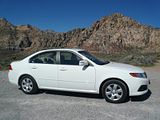 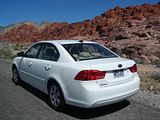  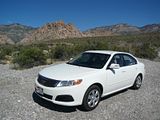
At the end of the test, I concluded that there are no really weak points on this car. Granted nothing really stands out, either. What you get is a honest, unpretentious family car that would serve the transportation needs of its owner for many years to come. I suspect that it would be just that bit nicer with the V6 engine, but speccing a car like this up, and thereby inflating the price is almost missing the point. Maybe missing the point is why the alter ego of the Optima, the Magentis, has been such a dismal sales failure in Europe. For this class of car, diesel rules supreme, and whilst Kia did offer a derv-powered Magentis, it was perhaps not one of their better engines. Badge snobbery also rules supreme, and in the ever diminishing market for “D” sized cars, as Ford, Vauxhall, Peugeot and Renault have found out, fewer and fewer buyers want something that is simply honest and unpretentious any more. Kia has what looks like a solution to that, with the brand new Optima, which was unveiled at the New York Auto Show on the very day I was driving this car. With its swoopy styling, and a far plusher looking interior, it could have the attributes to challenge some of the big sellers in this segment. How you persuade the public even to take a look, though, when your badge still shouts “budget” must one of the things exercising the minds of many people at Kia and their advertising agencies.
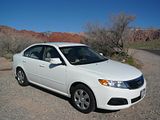 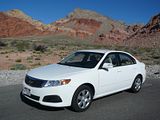 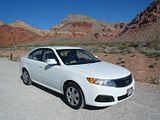 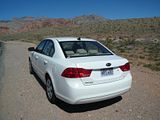  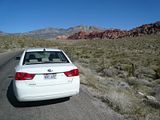 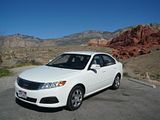 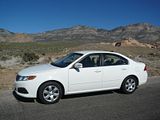 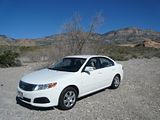 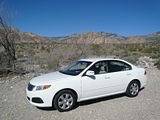 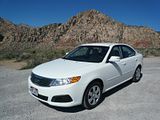 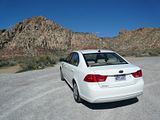
|

